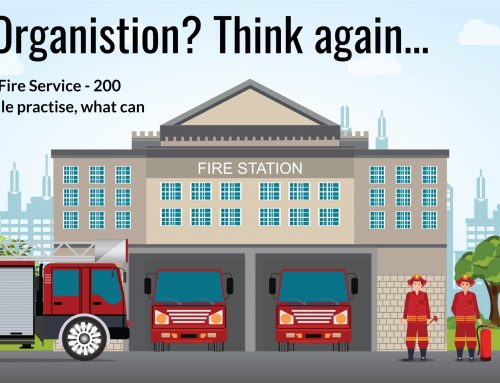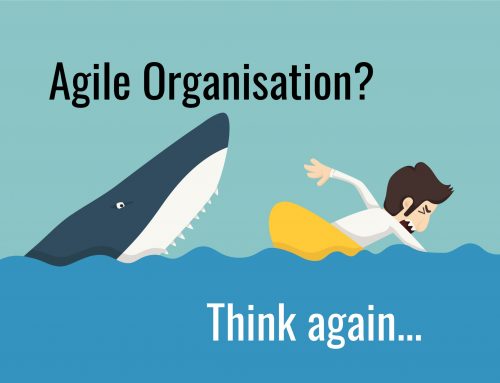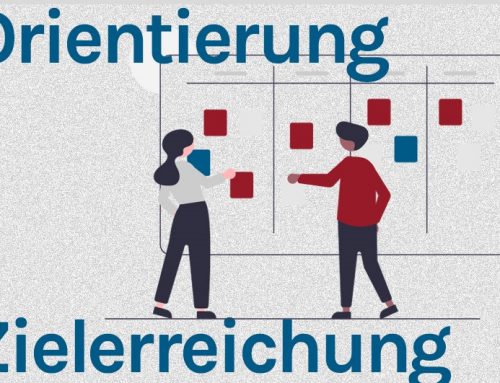2021/10/19
Many are talking about transformation nowadays, the new normal. Now with Corona the world is changing, in a few years everything might be quite different.
As a rule, however, real changes are hard-won shifts that require a great deal of attention and perseverance.
What does it take for companies to successfully implement real change? The foundation includes a viable corporate or change story as well as a vision which can convey the meaning.
In ancient Greece, there is the saga of the legendary 300 Spartan defenders from the Battle of Thermopylae which took place around 480 BC, who repelled the advance of the Persians. The saga became an epic, a part of the Greek founding myth. It continues to shape the identity of the Greeks to this day.
Not every corporate or change story needs to be so lofty or so “big,” but this distant story can illustrate the power that a corporate identity can unleash.
That’s what almost everything in communications is about – the power of stories and their identity-creating an impact. Such stories are of particular importance in times of change. Top management can and should, of course, underpin the need for change with charts, numbers and emphasize it with statistics. The very concrete advantages of the new should be highlighted and the disadvantages of the previous should be proven. The right balance between such facts and a vision that conveys purpose is essential for long-term success. Only the formulated vision, the corporate story, forms a stable ground on which change can be successfully mastered over an extended period of time. Real change requires perseverance. It requires both the management team and the employees to let go of the old and familiar and, despite all uncertainty, to allow for the new.
In stories, therefore, we look for points of reference for the creation of a corporate identity, for an identity that is also constantly reshaped and redeveloped. A good corporate story can take on precisely this task. It is the task of the company’s management to define which identity-creating reference points fit the company and should be embedded into the change story as well as the corporate identity.
For a company or organization, successfully advancing change – with the communicative support of identity-creating stories – means connecting – in a comprehensive sense which goes beyond the daily to-dos. Connecting with employees, with the company’s most important stakeholders, but also with its performance mandate or its vision. With the help of meaning. Meaning that is illustrated, shown and lived in stories – also in (moving) pictures, sounds and words. And in a convincing look and feel.
In this way as such, these stories shape what we all need, especially in challenging times – relationships. And trust and a sense of responsibility. Relationships with ideas, a good feeling, trust in people, products or even responsibility towards work and tasks which have to be done in times of change. Above all, a good story is aware of one thing: the power of the unspoken message, of what can be read between the lines. Only then it has what it takes to become a great story.





